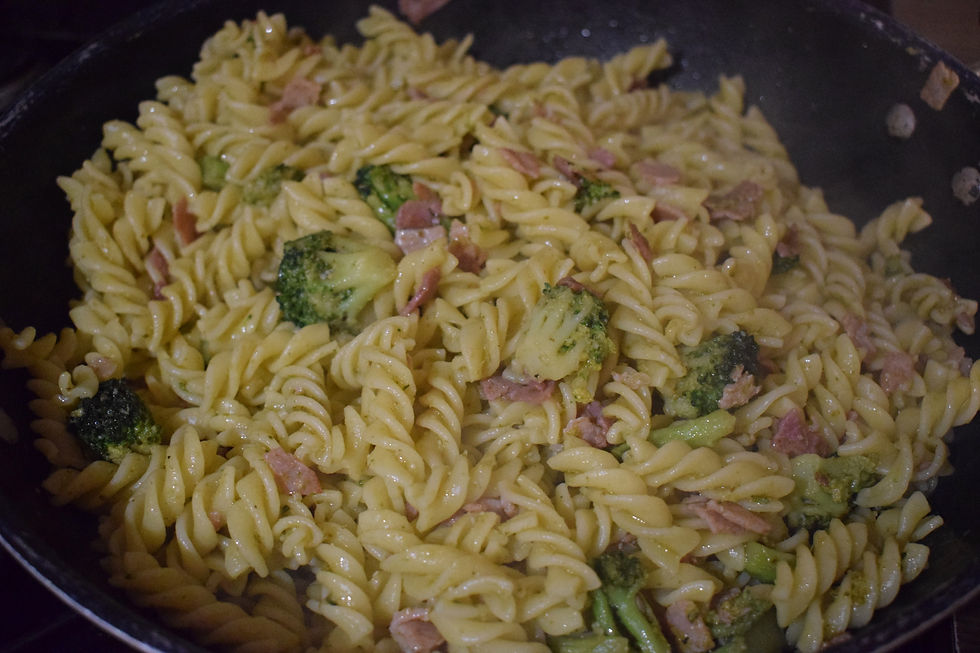Annie's Shortcrust Pastry
- Branches of Birch

- Jan 22, 2019
- 3 min read
Updated: Jan 24, 2019
Super simple and completely essential for anyone who loves pie! Shortcrust is a universal pastry for sweet and savioury pies or tarts. It is easy to make your own when you know how and you really can taste the difference between the shop bought and your own. (Yours will be lighter and much more delicious!) You can freeze pastry ahead of time too, so you could make up tart bases ready, freeze them raw add your filling and cook from frozen. I have lots of recipes for pies, quiches and tarts I'll be sharing, some with different pastries, but shortcrust is such a good place to start, so lets crack on...
You will need:
8 oz Plain flour
4oz Butter
Pinch of salt
Water
You may require more pastry than this, but if I need more I'd do it in batches using this measure. It is the best amount to handle at one time and makes the whole process more manageable.
Method:
Cut the butter in to small cubes and add to a mixing bowl with the flour and salt.
Wash your hands thoroughly under a cold tap to cool your hands.
Rub the flour and butter between your fingers and thumbs, until it is like fine breadcrumbs.

Adding two tablespoons of water, scrape a table knife around the outside of the mixing bowl until the mixture starts to clump together. If it's still too dry continue the mixing by scraping the knife around the edge of the bowl adding a tiny amount of water at a time-you don't want it to become sticky (if it does don't panic just add a little flour). It should be holding together, but look a little loose, not like dough.

Ensuring your hands are cool, (maybe wash them under the cold tap again!) very gently press the pastry together using your palm and the bowl until it holds together. Unlike dough, pastry is better the less you handle it and the more you make pastry the better feel you will have for the texture you want (which is very hard to describe if I'm honest!).

Wrap the pastry in cling film and pop in the fridge for 10 minutes.
Wipe down and thoroughly dry your work surface and sprinkle it with flour. Using the underside of your fist (the little finger side), work1 the flour into the surface and then sprinkle over a little more flour. Ensure your rolling pin is covered and rubbed in with flour as well.
Very gently when handling the pastry, place it (or part of it depending on the dimensions you need) on to the centre of your floured surface and gently roll it out, lifting and turning the pastry regularly and ensuring the surface underneath the pastry remains floured to prevent sticking. Roll out to about 3mm thick. If you do it gently without rushing you will get an even thickness.

NB. If the pastry starts to crack at the edges when you begin rolling, gently pinch the edges to hold together in a more disk shape.

To lift the pastry-position your dish or case nearby and carefully fold the pastry over the rolling pin. Roll the pin around half way down the pastry, folding it over at the same time and lift off the surface and onto your dish.
Try to be as gentle as possible, so it doesn't tear, but if does don't panic, just gently press together and try again.

Once its cooked no one will ever know!
x








Comments